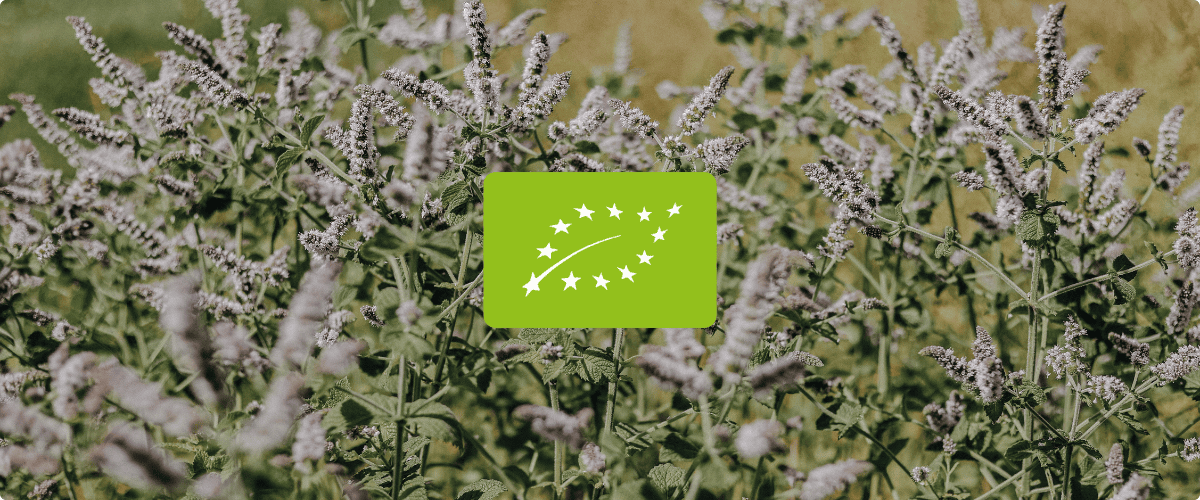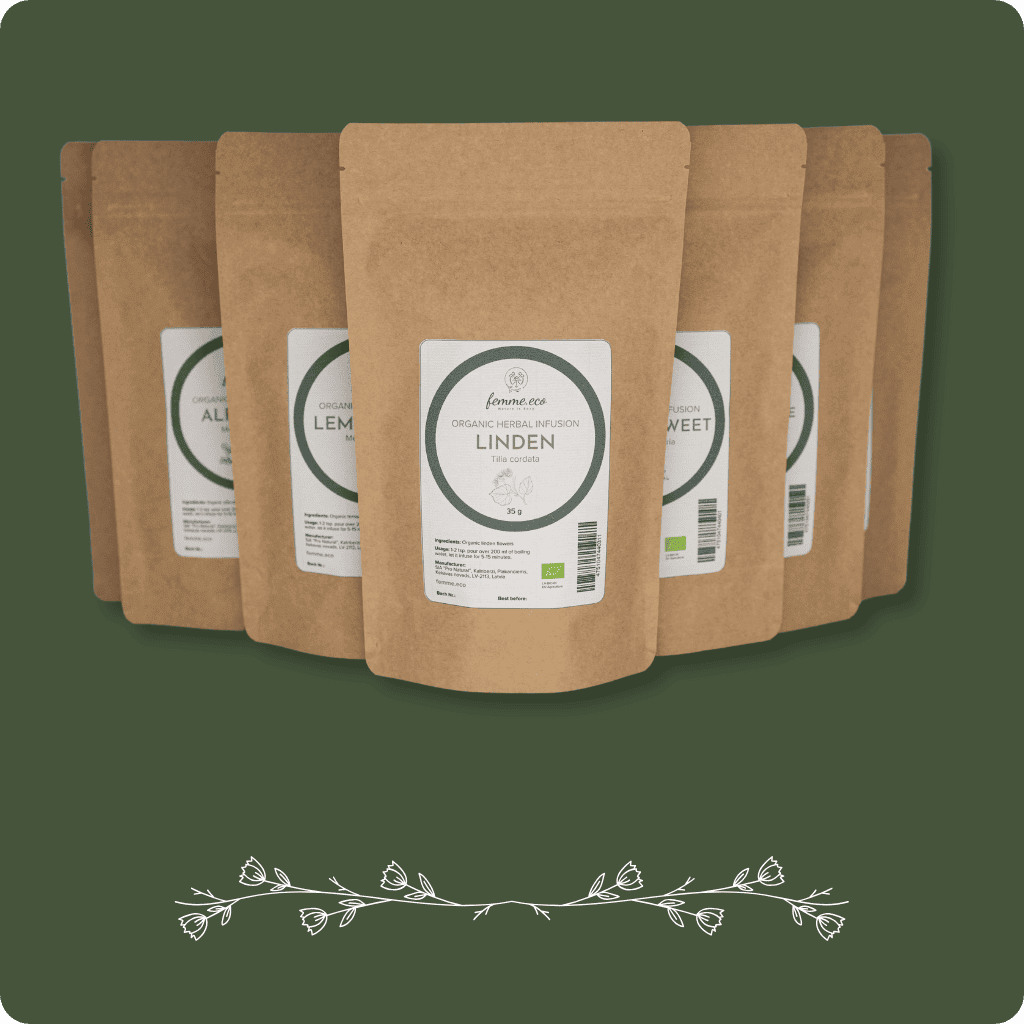Organic agriculture
Brief history, definition, principles, regulations

According to a 2020 International Federation of Organic Agriculture Movements (IFOAM) report, there were at least 2.8 million organic producers in the world in 2018.Today, organic agriculture and organic food have grown in popularity, quality, choice, and affordability despite higher prices compared with conventional food. In this article, we will look at what organic agriculture is, how it was formed, what its goals are, regulations, labeling and its importance in our everyday life.
The history of organic agriculture
The definition of organic agriculture
The 4 principles of organic agriculture
These core principles serve as the foundation for the organic movement. These principles embody organic agriculture's contribution to a sustainable world and its vision for a more ethical and ecological approach to food production.5
Health
Health of soil, plants, animals, humans and planet at hole is the wholeness and integrity of living systems. T he role of organic agriculture is to sustain and enhance this health of ecosystems and organisms.
Ecology
This principle emphasizes the integration of organic agriculture within living ecological systems. Organic production should rely on natural processes, recycling, and local ecological conditions. Whether it's crop cultivation, animal husbandry, or wild harvesting, the focus is on working in harmony with nature's cycles.
Fairness
Fairness in organic agriculture involves equity, respect, justice, and responsible stewardship. This principle promotes fair relationships among all stakeholders, including farmers, workers, processors, distributors, traders, and consumers. It aims to ensure a good quality of life for everyone involved, contribute to food sovereignty, and reduce poverty.
Organic agriculture also emphasizes animal welfare, ensuring that animals are provided with suitable living conditions and opportunities for natural behavior.
Furthermore, the principle of fairness calls for sustainable management of natural and environmental resources, ensuring their availability for future generations. It promotes open and equitable systems of production, distribution, and trade that account for the true environmental and social costs.
Care
Organic agriculture should be managed in a precautionary and responsible manner to protect the health and well-being of current and future generations and the environment. While efficiency and productivity are valuable, they should never compromise health and well-being. Organic agriculture should rely on a balanced approach, combining scientific knowledge with practical experience, traditional wisdom, and indigenous knowledge. New technologies should be carefully evaluated, and unpredictable methods, such as genetic engineering, should be avoided.
Decision-making processes should be transparent and participatory, ensuring that the needs and values of all stakeholders are considered.
Methods of Organic Farming
Organic farmers employ a variety of methods to implement the principles into life:
- Crop Rotation: This involves planting different crops in the same field each year to improve soil health and reduce pest and disease pressure.
- Cover Crops: Planting cover crops between main crops helps to prevent soil erosion, improve soil fertility, and suppress weeds.
- Compost: Organic matter, such as plant residues and animal manure, is composted to create a nutrient-rich soil amendment.
- Biological Pest Control: Natural predators, parasites, and diseases are used to control pests and diseases.
- Integrated Pest Management: A comprehensive approach that combines various techniques, including cultural, biological, and physical control methods.
Regulatory institutions, certification
References:
1. Willer, Helga, et al. "The World of Organic Agriculture: Statistics and Emerging Trends 2020." Research Institute of Organic Agriculture, Frick, and IFOAM, 2020.
2. https://www.ifoam.bio/why-organic/organic-landmarks/definition-organic IFOAM Organics International.
3. Paull, John. "Lord Northbourne, the Man Who Invented Organic Farming, a Biography."
4. https://www.britannica.com/topic/Silent-Spring, Written by Sarah E. Boslaugh, Encyclopedia Britannica, Article History
5. https://www.ifoam.bio/principles-organic-agriculture-brochure




